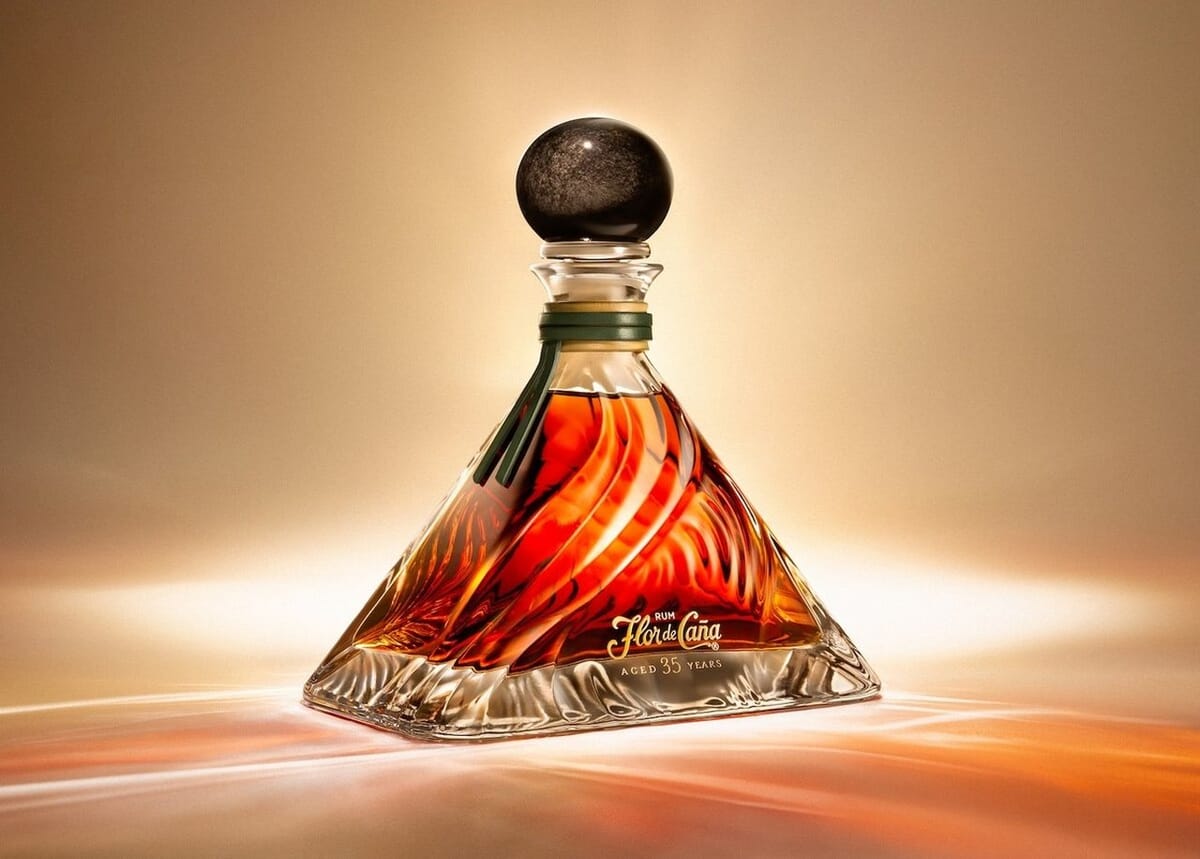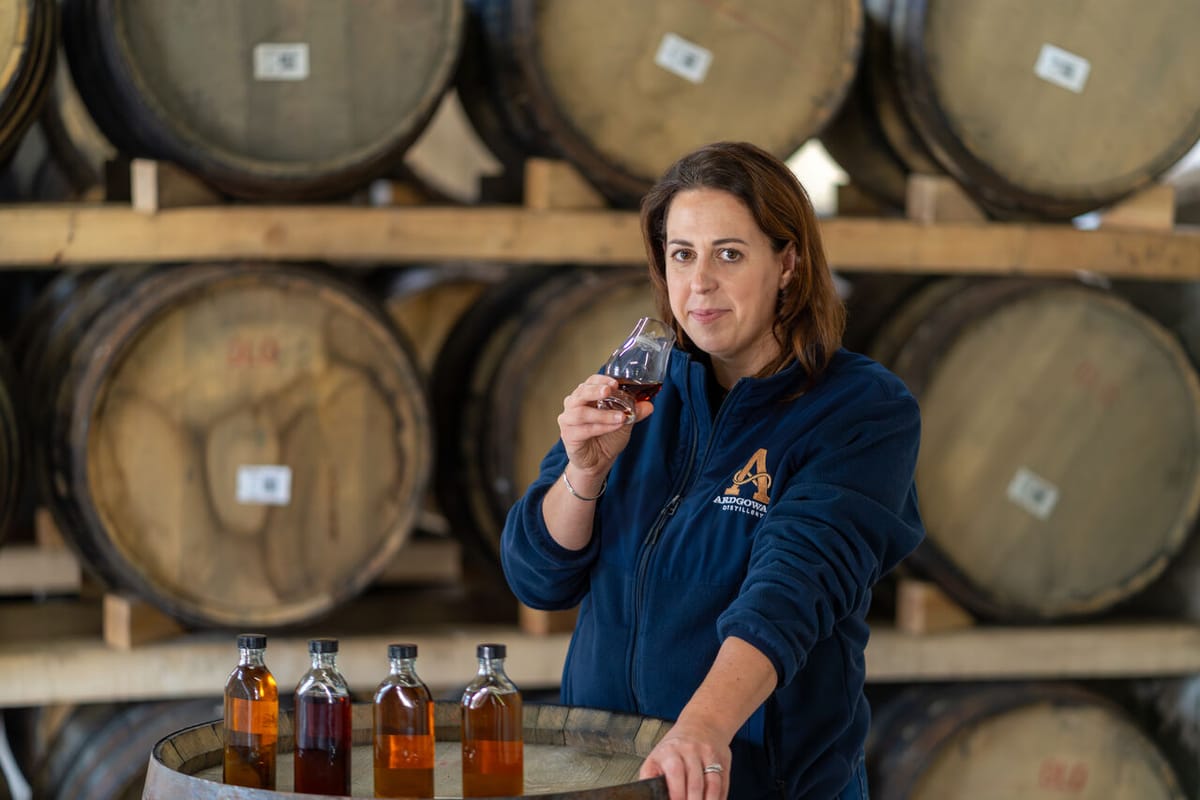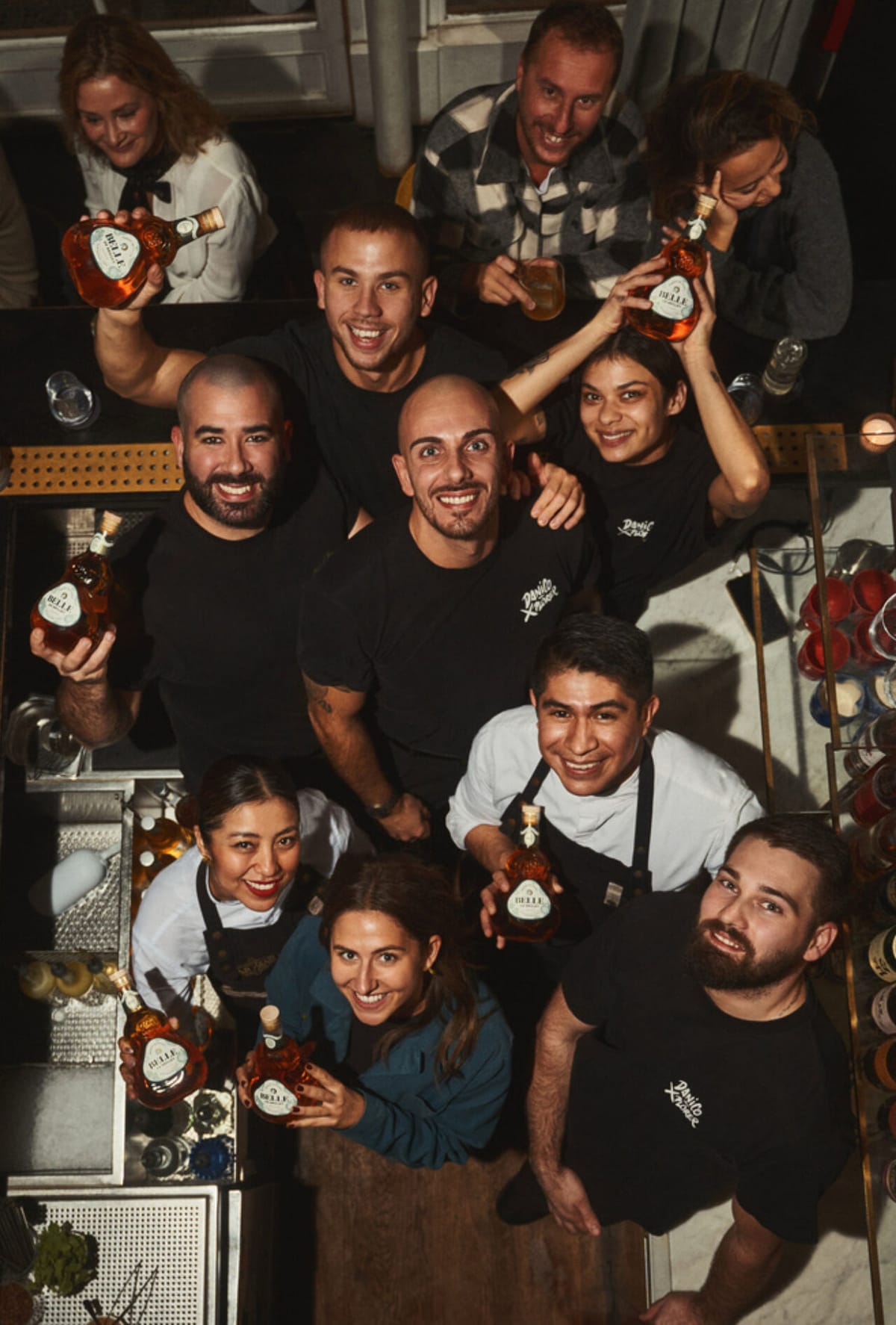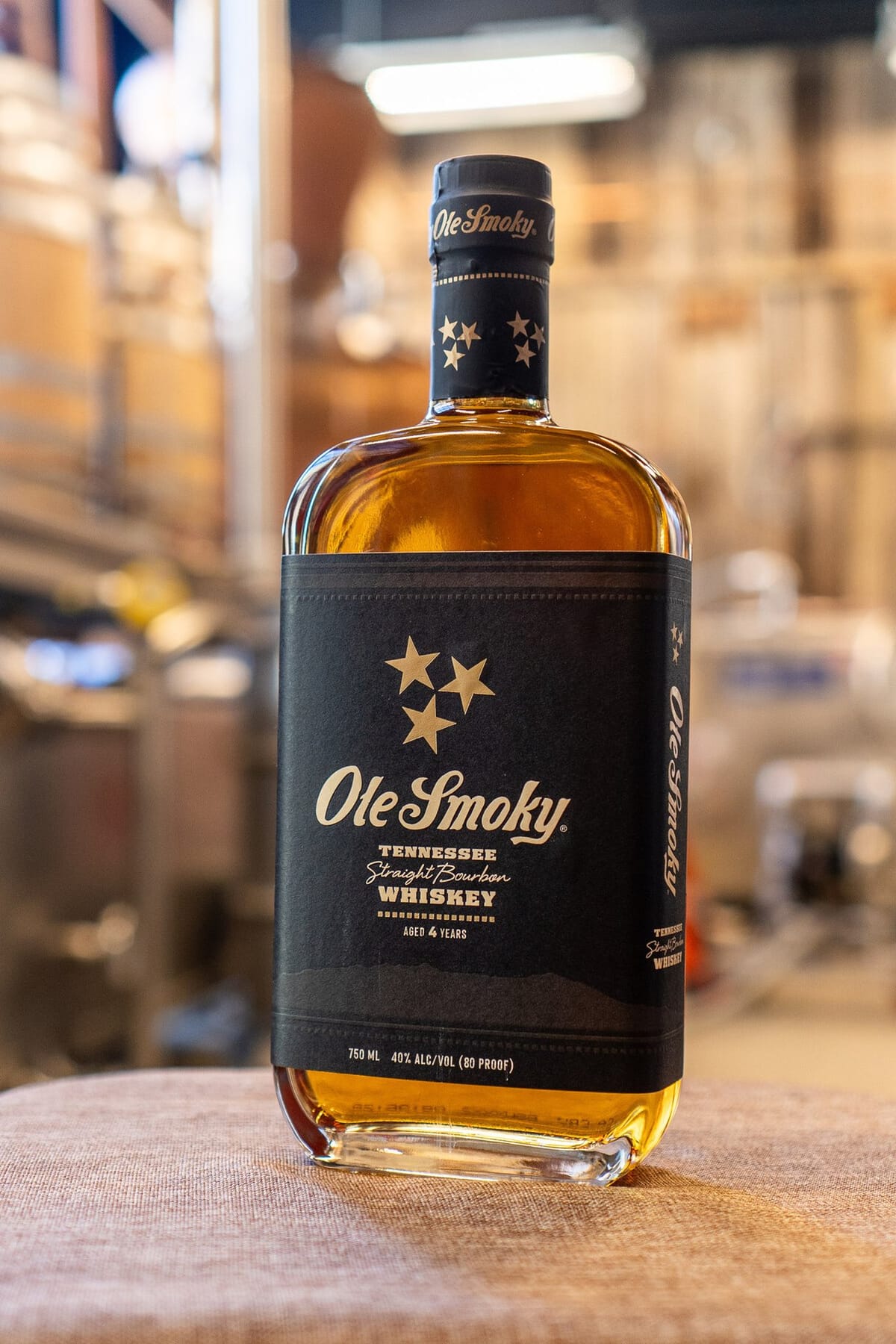Textured Cocktails at CopperBay with Aurélie Panhelleux
CopperBay is a well-established name in the cocktail world, boasting three bars with distinct identities. As the Paris location turns ten in 2024, Aurélie Panhelleux shares insights with Jigger Daily on the Texture menu and managing multiple venues.
Texture is an invitation to discover new flavors.
The idea behind this menu is to link each cocktail to a mouthfeel. This is common practice when it comes to food but not necessarily for cocktails. Our bar offers eight drinks — five of which are new compared to the spring/summer version — each named after a specific texture.
In addition to its recipe, every cocktail has a piece of material relating to its texture and color, except for the Fizzy. So there are two options: guests can either play along and order solely based on the texture listed, or lift the flap to read the indicated recipe.


Cocktail Fizzy (left) and Aurélie Panhelleux (right) – 📷 @lephotographedudimanche
We’ve kept our usual graphics, displaying quantities, glassware, and most importantly straightforward, easy-to-understand ingredients. Including the materials on the menu encourages guests to be adventurous and taste something they might not ordinarily choose. As a result, this concept opens the door to discovering new flavors. In addition, our team has created a zero-proof menu under the same theme with original recipes.
From a technical standpoint, this menu was perhaps a bit more demanding for certain cocktails, such as the Fluffy, which is very foamy. In fact, guests might think they’d be served a glass of foam. Therefore, we needed to find a compromise between the “fluffy” aspect and retaining a liquid element. That prompted us to think about the technique to use and how to stabilize everything, ensuring the texture lasts beyond five to ten minutes.


Fluffy – 📷 @lephotographedudimanche
One challenge was people’s personal perception of texture. For instance, “limpide” refers to visual clarity, but how does that translate to a mouthfeel? We had to be very specific about the sensation and make sure most people would grasp it, so they could interpret it properly. Also, one objective of this menu was to spark curiosity and interaction with guests, allowing us to explain the behind-the-scenes work we do. Why each step follows a certain logic, based on the outcome we’re aiming for (shaker, mixing glass, siphon…).
When creating a cocktail, the choice of spirit comes last.
The DNA of CopperBay is Mediterranean, with a strong culinary focus and the use of culinary techniques or ingredients in our cocktails. However, in the beginning, our menus didn’t necessarily have an overarching theme like they do now.
When developing a recipe, we always start with either a concept, an ingredient, or a base idea—like a dish for the Mediterranean menu. For us, the spirit is added last. Once we have the cocktail blueprint, we ask ourselves which spirit will best enhance the recipe. We often need to explain this approach, even to brands we partner with. Nevertheless, we do have certain go-to products, such as Shochu, especially 3S. Their barley-based Shochu (Aokage) was a favorite of everyone on the team. By the way, CopperBay also has a strong pastis culture, even in cocktails; all things anise-flavored—from ingredients to spirits—are close to our hearts.


Left: Aurélie Panhelleux with her partners, Julien Lopez and Elfi Fabritius (📷 Matthieu Joffres) – Right: Pastis Mauresco, in collaboration with Distillerie de la Plaine
As for clear ice, the bar is supplied by The Nice Company (Editor’s note: Aurélie worked at the Forum with Xavier Laigle and Joseph Biolatto, the latter being co-founder of The Nice Company).
A menu must account for the techniques used.
You need to think carefully about your menu, because the technique used for each cocktail also determines the pace of service. For instance, if a bar offers eight cocktails but its three best-sellers are all made with a shaker, the team will spend 95% of its time shaking. Physically and time-wise, that’s tough; they’ll be overwhelmed. Quality must remain constant, and wait times grow longer for guests. Balancing your menu is essential given these constraints.
Furthermore, there’s demand for the house classics. Each time we update the menu, regulars tell us they loved certain cocktails from the previous version. So for the past year, we’ve been bringing back a signature cocktail from the past nine years for a one-month run.
Each CopperBay location has its own distinct character.
In Marseille, the menu is the same, but that wasn’t always the case. We opened there with the Paris menu, but it only met with mixed success for various reasons, including the weather. Also, guests there like to settle in and have a real meal. So at CopperBay Marseille, food plays a bigger role, complete with a kitchen and a chef, which naturally affects cocktail suggestions for pairing. But since we launched our Bassin Méditerranéen menu, both spots offer the same menus because the concepts work just as well in both establishments.
CopperBay Lancaster, on the other hand, features a dual DNA: ours and the hotel’s. We deliver five-star service standards while introducing our own energy. We’re fortunate to have a solid team at the bar in the 10th arrondissement, led by Lucas (Fournier, who worked at Tayer + Elementary in London – Editor’s note), our bar manager Leana, and supported by Quentin, Dimitri, and Solène. This autonomy lets me free up time to occasionally be at the hotel—usually twice a week. The owners of the Lancaster are enthusiastic about the project; they trust us and fully support us (Editor’s note: the bar’s décor will be revamped in 2024 along with that of the restaurant Monsieur).



📷 Ivan Mathie
CopperBay Paris: 5, rue Bouchardon; 75010 Paris; open daily.
CopperBay Lancaster: 7, rue de Berri; 75008 Paris; open daily.
CopperBay Marseille: 36, Bd Notre Dame; 13006 Marseille; open Tuesday to Saturday.
"Texture" Menu






Jelly and Oily – 📷 @lephotographedudimanche




Limpid – 📷 @lephotographedudimanche




Pulpy & Creamy – 📷 @lephotographedudimanche






